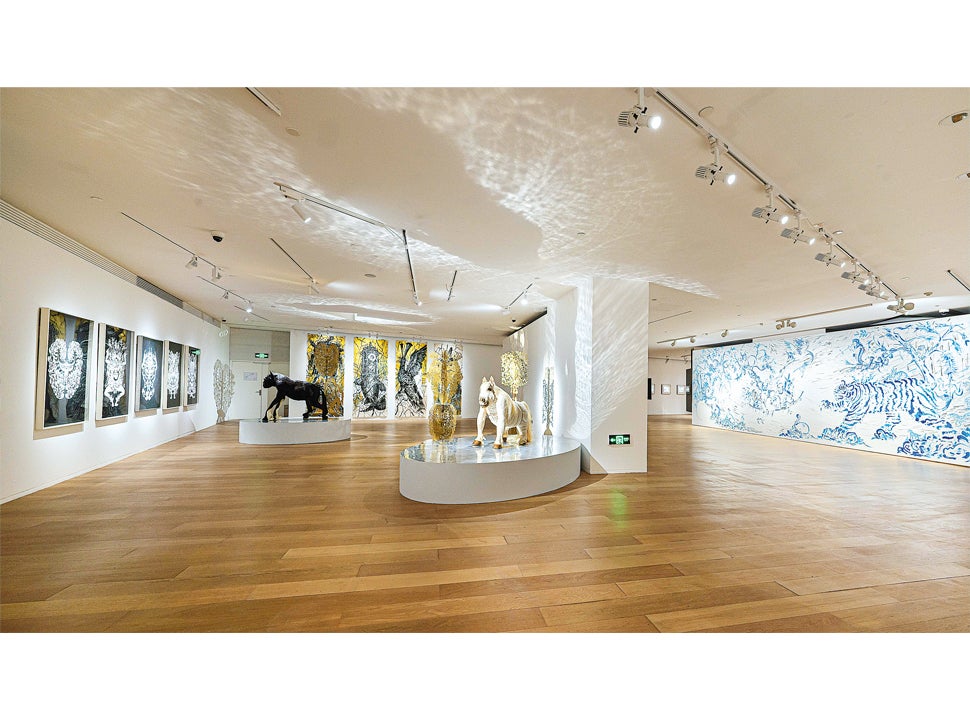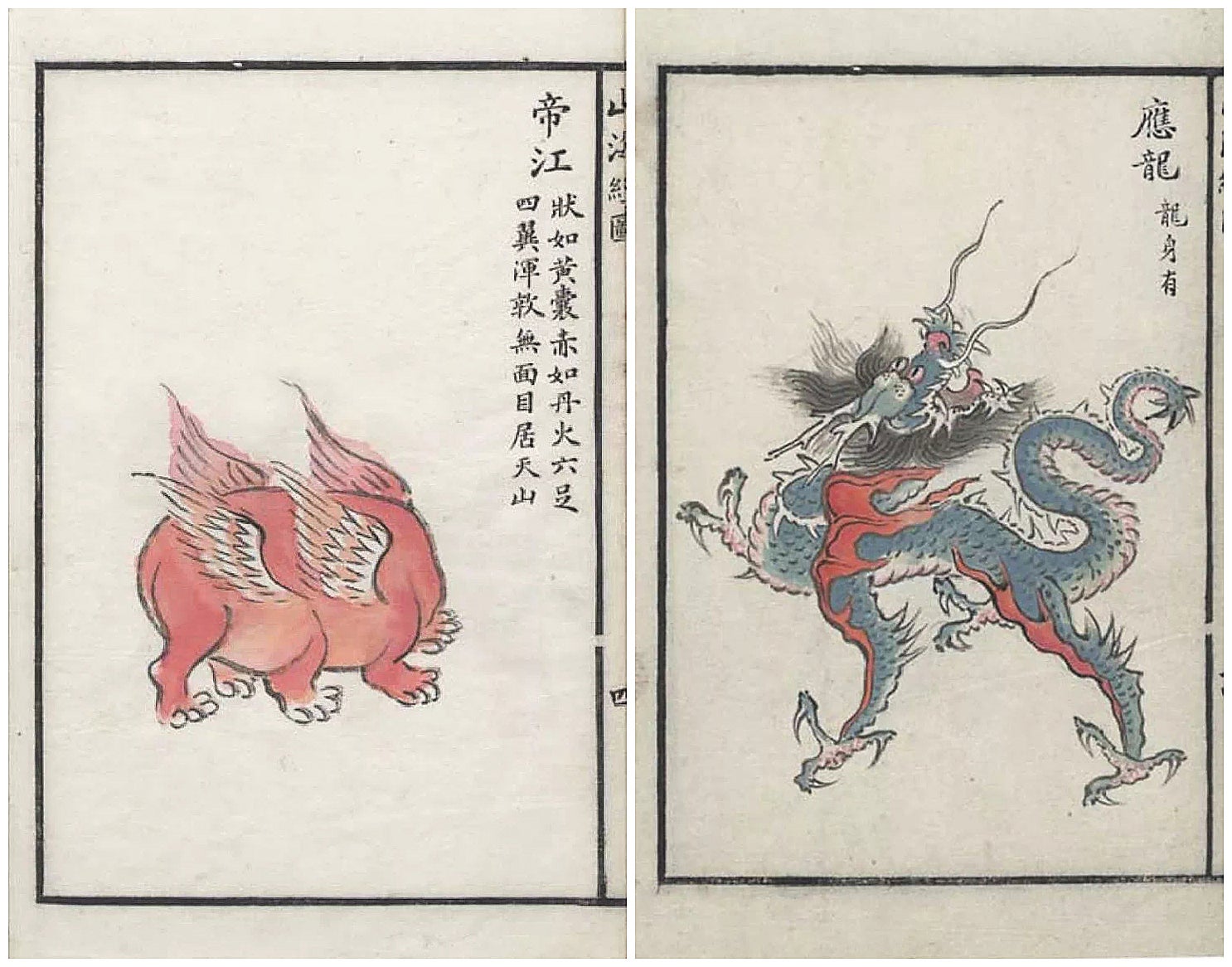Ancient work inspires modern world
THE ARTICLES ON THESE PAGES ARE PRODUCED BY CHINA DAILY, WHICH TAKES SOLE RESPONSIBILITY FOR THE CONTENTS

Chang’e, China’s lunar probe, is named after a legendary goddess in ancient fairy tales, but few people know that she first appeared in the book Shan Hai Jing (The Classic of Mountains and Seas).
The goddess, the epitome of beauty, lived on the moon with her pet rabbit. Another debutant in the book was Zouwu, a five-coloured mythical creature who features in the movie series Fantastic Beasts directed by David Yates.
Shan Hai Jing, a compilation of mythic geography and beasts, took shape before the Qin Dynasty (221-206 BC), which built China’s first empire. The 30,000-word book, an encyclopaedic account of people’s views of the world at the time, documents about 40 states, 550 mountains, 300 waterways, more than 100 historical figures and 400 mythical monsters.
The work, and others featuring ancient myths and monsters, have inspired artists and authors throughout history. In recent years it has also become a source of inspiration for pop culture, cross-cultural exchanges and comparative studies.

Liu Zongdi, professor at the College of Humanities and director of the Institute of Cultural History at Beijing Language and Culture University, has studied Shan Hai Jing, comparing it with The Histories by the ancient Greek historian Herodotus.
The Histories documented geography, people, natural resources, different customs, birds and animals. “In particular, some of the eastern monsters described by Herodotus are quite similar to those in Shan Hai Jing,” Liu said.
In some European maps from the Middle Ages, areas close to India were often painted with monsters, the equivalents of which can be found in Shan Hai Jing, he said.
“I wonder whether in ancient Greece during the Middle Ages, knowledge of Shan Hai Jing was spread through trade exchanges with the Western world. This is an interesting academic topic.”
An exhibition titled Imaginary Encounter – Divine Comedy Dialogue with Shan Hai Jing was staged in Shanghai at the Pearl Art Museum from November 2021 to February 2022. An online version of the display is still available, including a 360-degree virtual-reality exhibition hall and a video of the curator’s guide to visitors. The online display has been viewed about 200,000 times.
The museum exhibition was supported by the Cultural Office of the Italian Consulate General in Shanghai to mark the 700th anniversary of the death of the poet and scholar Dante Alighieri, known as the “father of the Italian language”.
The exhibits included four precious manuscripts of Dante’s Divine Comedy from the 14th century and two rare engraved copies of Shan Hai Jing from the Shanghai Library. The exhibition also showcased more than 70 multimedia works from five Italian artists and seven artists from China, based on the two classics.
Francesco D’Arelli, director of the cultural section at the Italian Consulate General, said: “Both Divine Comedy and Shan Hai Jing are great classics, in which imagination is the main source of inspiration and even creation. In both works there is a common experience of journeying between myth and reality.
“Shan Hai Jing was written no later than the 1st century BC. China and Italy were already communicating by that time during the Han Dynasty (206 BC-AD 220) and the Roman Empire. This communication went on for centuries, right up to the time of Dante and Marco Polo.
“Marco Polo came to China, and Dante wrote many works in Italy, laying the foundation for the Italian language. We wanted to highlight this ancient friendship in this exhibition, because it is the foundation of every communication experience.”
Li Dandan, director of the Pearl Art Museum and the exhibition’s chief curator, said, “The display attempted to activate ancient texts with visual art, and construct a colourful dialogue between ancient Chinese and European civilisations in the new era.”
The star monster from Shan Hai Jing, Zouwu made a global debut in Fantastic Beasts: The Crimes of Grindelwald in 2018.
In Chinese mythology, Zouwu first appears in Shan Hai Jing, later becoming an important monster in the country’s culture. In historical texts it is described as an auspicious creature that appears only during the reign of benevolent rulers.
